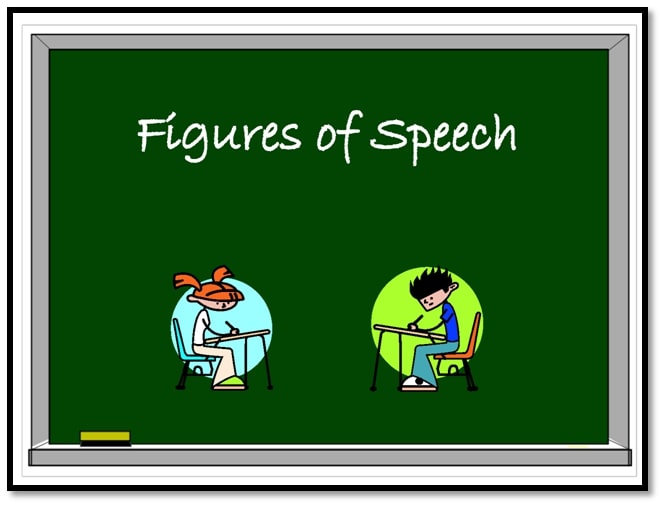There are mainly 8 types of figure of speech we will discuss in this post. The list of figures of speech is very long. However, there are only eight that are used most often to embellish the English language. These are the literary tools in the English language that can make the language more effective and engaging. Many of them have existed for 100 years, whereas many of them are being essentially added every day. In this post, we will discuss the main 8 types of figure of speech. However, you need to keep in mind that the types are endless and are used in different forms in the English language. Let’s explore!
Table of Contents
What Does Figure Of Speech Mean?
A figure of speech is a way to make the language more interesting and engaging. If you say something in plain words, no one wants to listen to you. However, when you make some exciting comparisons or add wit to the talk, people become all ears to your words. The figure of speech works magic when it comes to making a conversion more exciting. Whether you want to be sarcastic, make comparisons, or introduce literary elements in language, you can use different figures of speech. So, you can conclude it as a tool to embellish a language that enables the speakers/writers to become more expressive and interesting.
Types of Figure of Speech
The English language has many figures of speech; each has its unique qualities. In this post, we will discuss 8 of them, which are most commonly used in speaking or writing the English language:
1: Simile
In the first place, we have Simile on our list. This figure of speech is used for comparison purposes. It is used to compare one thing with the other using “As” or “Like.” However, it is effortless to determine in a sentence. The moment you see any of the two words, you can tell that Simile is used in the sentence. It is widely used in English literature, poetry, and other places. There is another figure of speech, which is also used for making comparisons, same as Simile, we will discuss in the next points. If you are a writer, you can make your writing pieces using Simile.
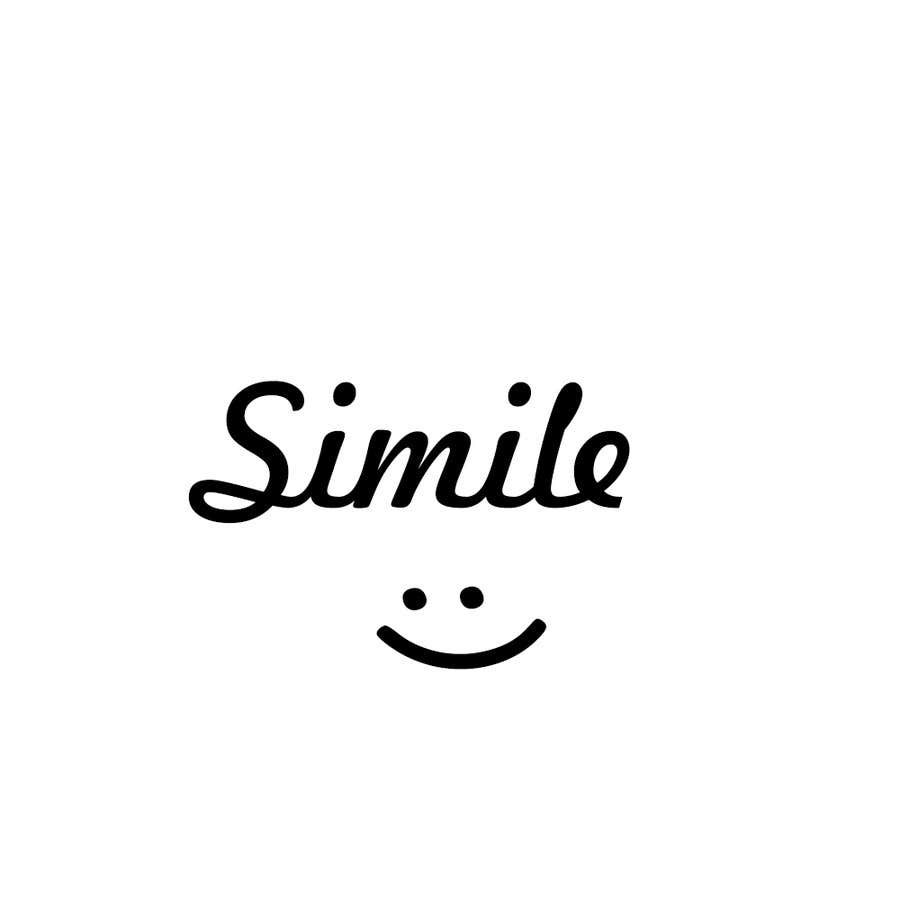
2: Metaphor
As we have discussed above, another figure of speech used for the comparison is the Metaphor. It serves the same function; however, the application of Metaphor is different in a sentence. It doesn’t involve the use of the words “As” and “Like.” It directly imposes the characteristics of one object on the other without using any comparison words. Metaphor is figurative, wherein the indicated meaning of a word or phrase is not the same as its literal meaning. So, it can add an artistic twist in the language that readers or listeners can thoroughly enjoy.

3: Personification
Personification is a figure of speech wherein non-living things are being given human attributes. In personification, human emotions are imposed on non-living things. The non-living things are described as if the author is talking about a human. If you look closely, you will notice that personification is also a kind of Metaphor. Here too comparison is being made without using the words, as or like. However, it has different characteristics of addressing non-human things as humans. In this figure of speech, these non-living things are shown to have life and motion. For instance, in “Angry Sun,” the sun can’t be angry; however, the fierce nature of the sun can be compared to human anger.
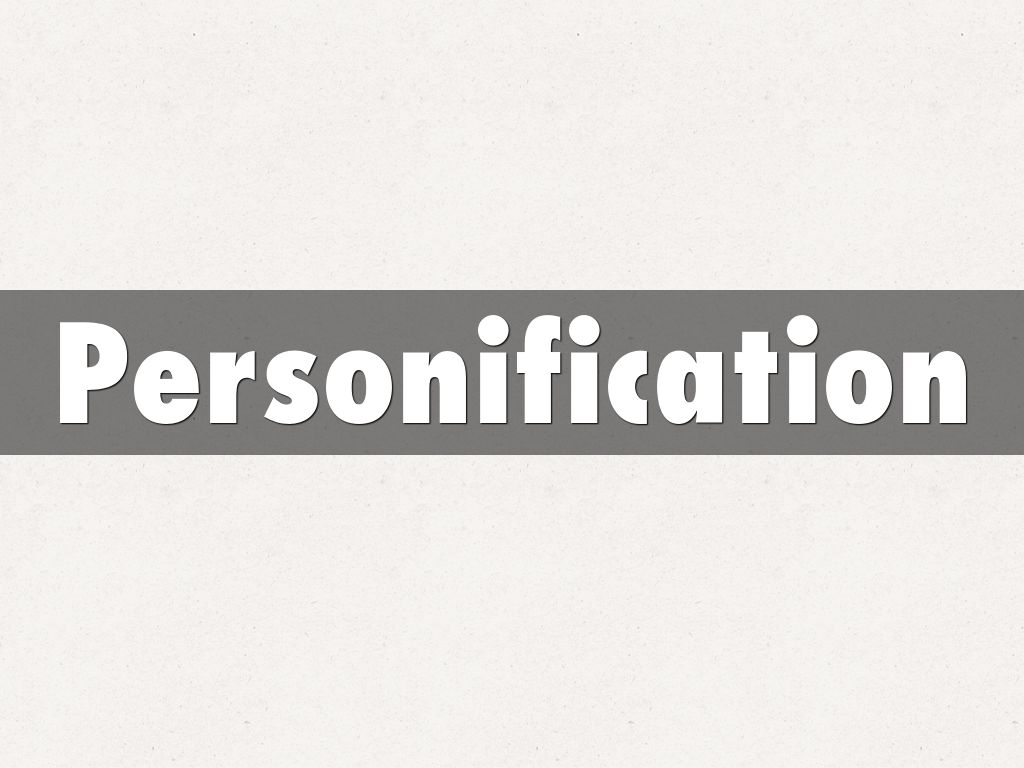
4: Hyperbole
Hyperbole is among the 8 types of figure of speech, used commonly in English literature. It is figurative language used to exaggerate a person, thing, or event. You can take it as an overstatement about something. If you want to give emphasis on something, you can use this figure of speech. The authors and poets use it to enhance the magnificence of a thing or event.
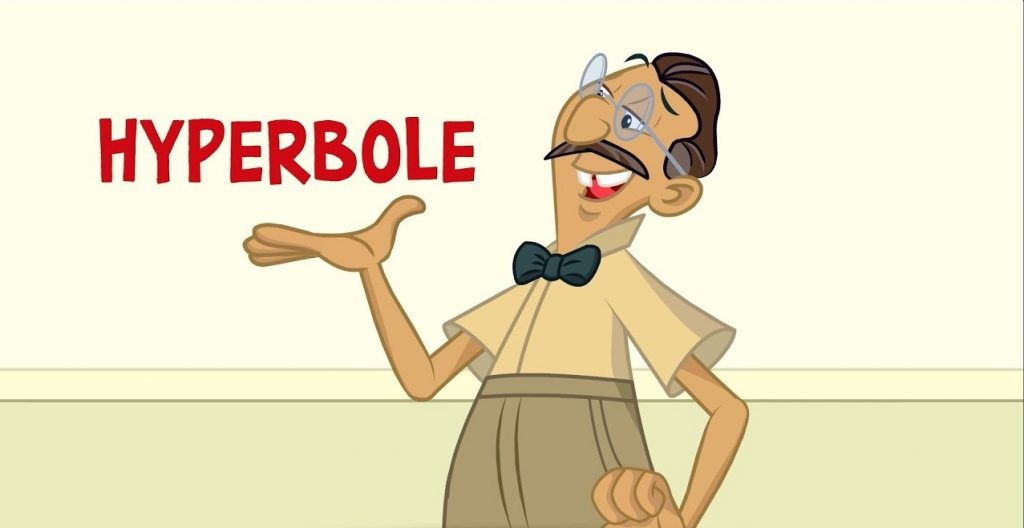
5: Imagery
Imagery is also a figurative language that creates a scenic image when reading the text. It can take the readers to the particular scenario the author is talking about. The writers used to evoke the senses by the elements of taste, touch, smell, and various others. This figure of speech gives a strong description of an incident so that readers can fully visualize the situation. Reading this figurative language, you can reach an old mental memory or feel the most profound emotions. Physical feelings are also involved in it, such as sensuality, pain, tiresomeness, and several others. All of these can be established merely with words.
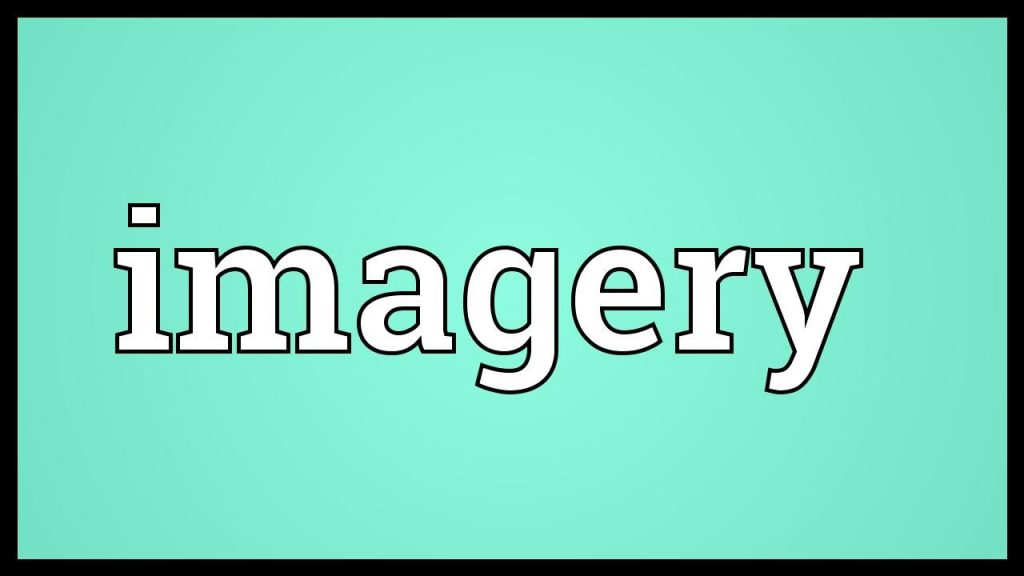
6: Alliteration
Alliteration is a literary device that creates a symphonic effect on the reader. It involves the repetition of the same consonant sound in two or more consecutive words. It takes place when two or more nearby words start with the same consonant letter. However, not necessarily the same letters in the beginning, but the alphabets that create the same sound. For instance, “Kids Coat.”
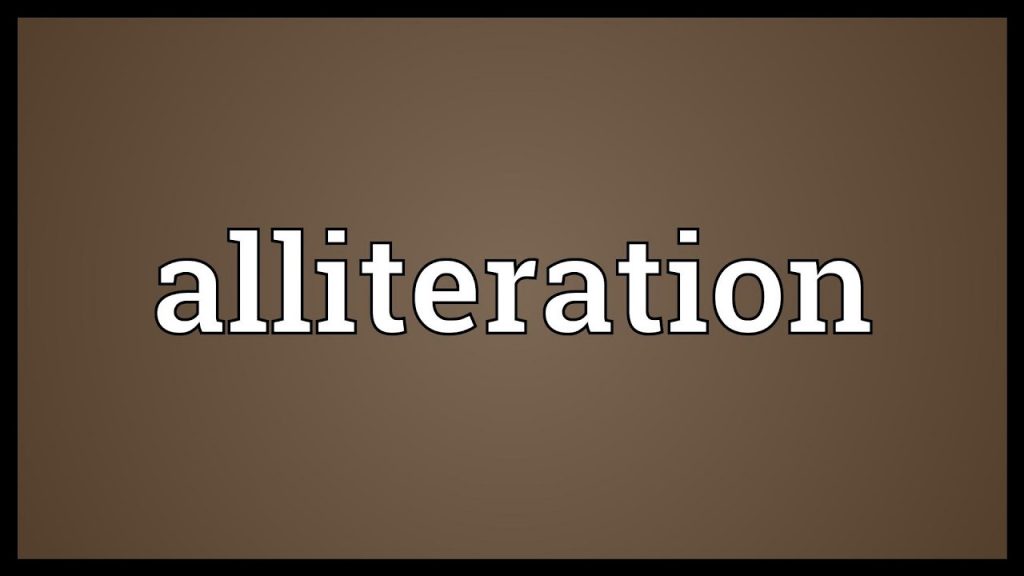
7: Onomatopoeia
Onomatopoeia is when a word describes a sound and actually imitates the sound of the object or action it refers to when it is spoken. It appeals to the sense of hearing, and writers use it to bring a story or poem to life in the reader’s head. This one is really unique among the list of the 8 types of figure of speech described in this post.
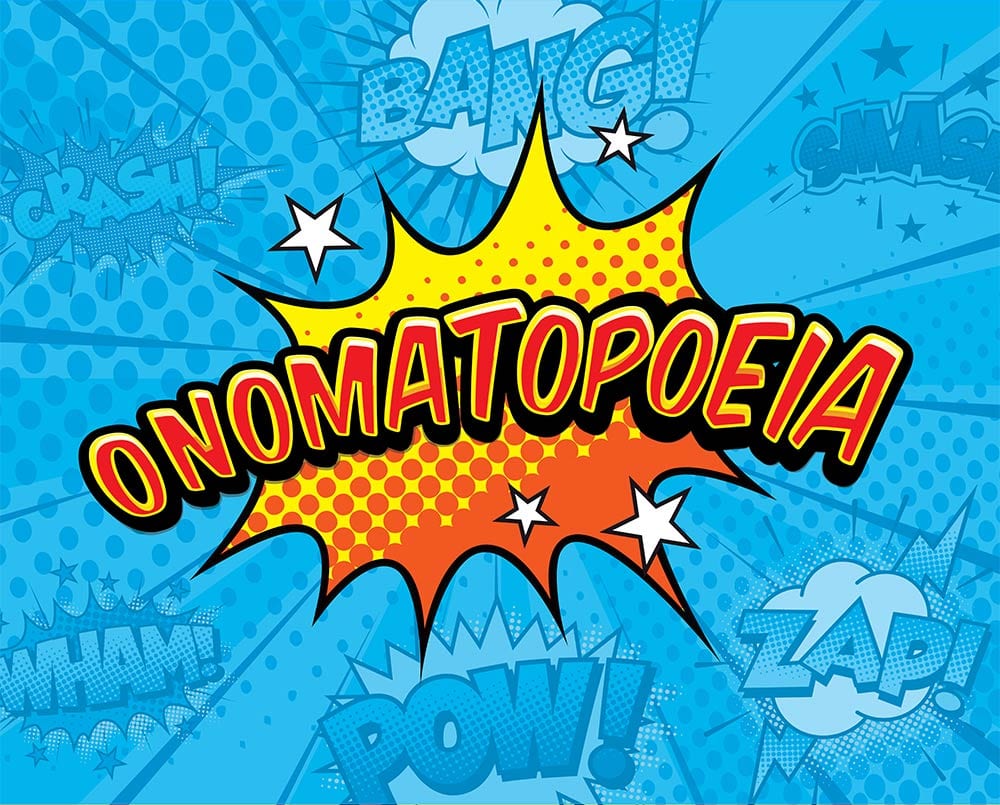
8: Irony
The irony is a literary device in which seemingly contradictory claims or situations show a fact that isn’t what it appears to be. In literature, there are several different types of irony. The reader’s perceptions and interpretation plays a crucial role. Irony is based on the difference of of the difference between what “should” happen and what “really” happens. This can be in the form of an unforeseen outcome of an event, a character’s unanticipated behavior, or something incongruous that is said.

Takeaway
The world of figures of speech is fascinating. Besides, reading the examples of these 8 types of figure of speech can surely make you read more about them. If you liked this post, find more in our blog section.

